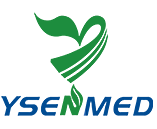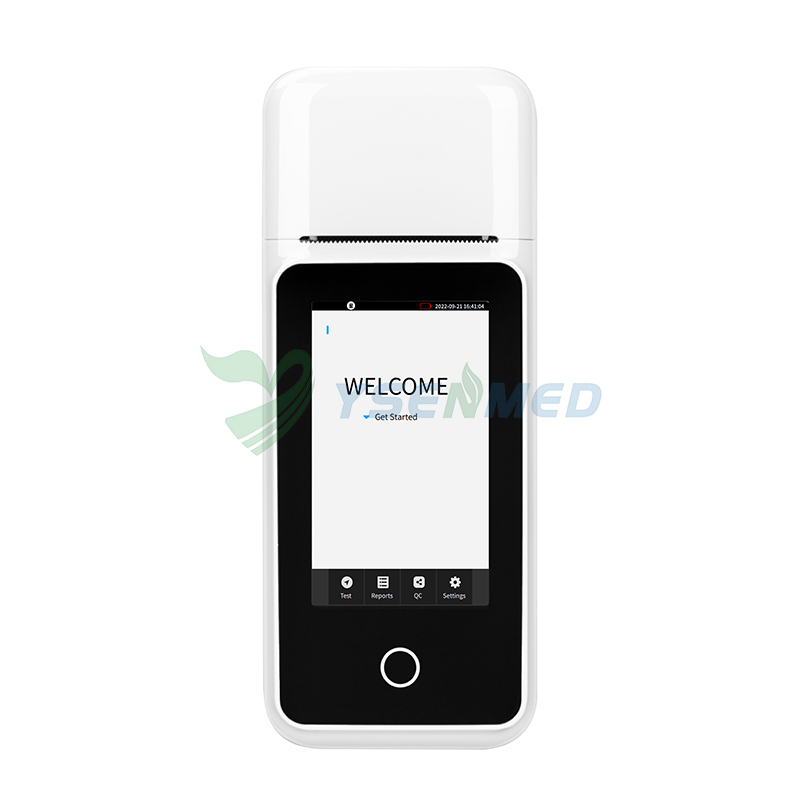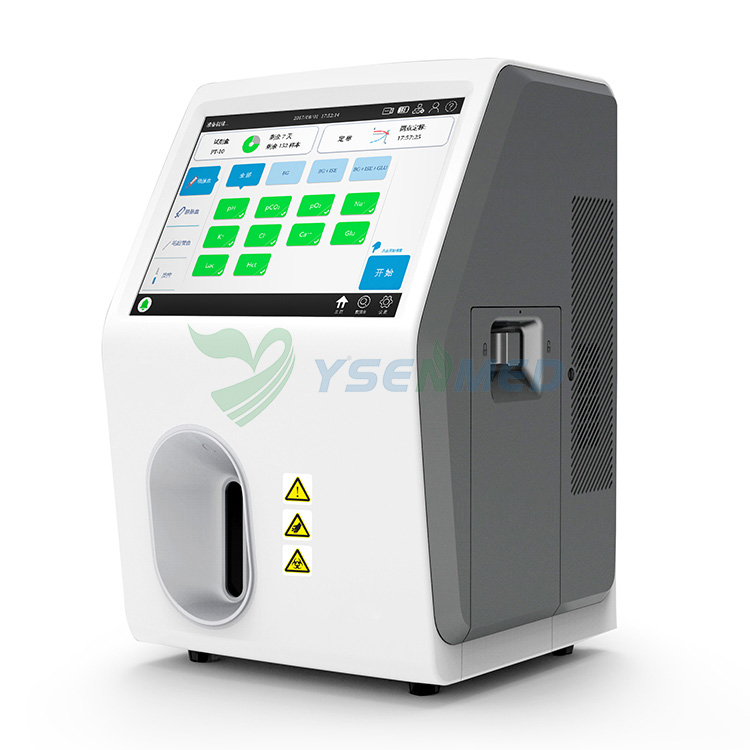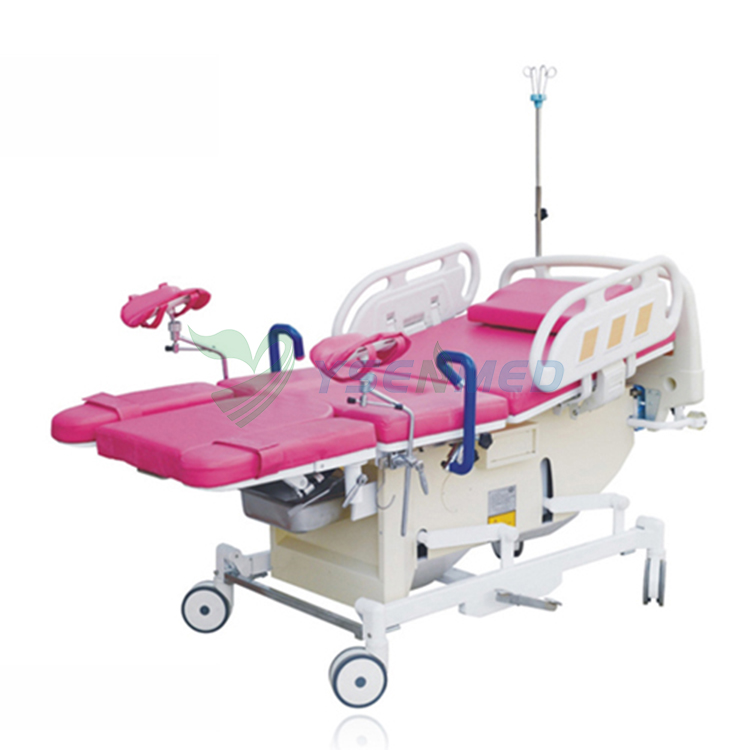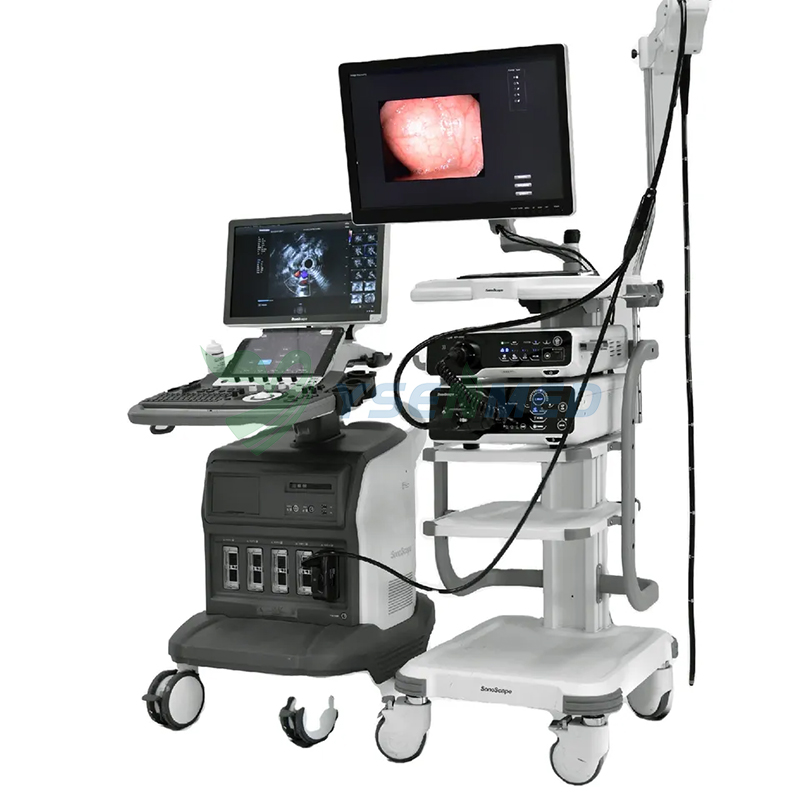Title: Innovative Technology in Nephrology: Automated Peritoneal Dialysis Machines
Introduction:
In the field of nephrology, advancements in medical technology have revolutionized the management of end-stage renal disease (ESRD), providing patients with more convenient and effective treatment options. One such innovation is the Automated Peritoneal Dialysis (APD) machine, which has transformed the delivery of peritoneal dialysis therapy. This article delves into the features, benefits, and impact of
Automated Peritoneal Dialysis machines in nephrology care, exploring how this innovative technology is enhancing patient outcomes and improving quality of life for individuals with kidney failure.
Understanding Peritoneal Dialysis:
Peritoneal dialysis is a form of renal replacement therapy that involves using the peritoneal membrane in the abdomen as a natural filter to remove waste products and excess fluid from the body. During peritoneal dialysis, a sterile dialysis solution is infused into the abdominal cavity through a catheter, where it absorbs waste products and toxins from the bloodstream. After a dwell time, the used dialysis solution is drained out, along with the accumulated waste products, completing one cycle of peritoneal dialysis. This process can be performed manually by the patient or with the assistance of an Automated Peritoneal Dialysis machine.
Evolution of Peritoneal Dialysis Technology:
Traditional peritoneal dialysis involves manual exchanges performed by the patient several times a day, which can be labor-intensive and time-consuming. To address these challenges, Automated Peritoneal Dialysis machines were developed, offering a more convenient and efficient method of delivering peritoneal dialysis therapy. These machines automate the process of dialysis exchanges, allowing patients to perform treatments overnight while they sleep, reducing the burden of therapy and improving treatment adherence.
Features of Automated Peritoneal Dialysis Machines:
Automated Peritoneal Dialysis machines are equipped with advanced features and functionalities that streamline the dialysis process and enhance patient comfort and safety. Some key features of these machines include:
Automated Cycling: APD machines automate the process of filling, dwelling, and draining dialysis solution, eliminating the need for manual exchanges. Patients can program the machine to perform multiple cycles of dialysis throughout the night, allowing for continuous removal of waste products and toxins while they sleep.
Programmable Parameters: APD machines allow patients to customize treatment parameters such as dwell time, fill volume, and drain duration based on their individual prescription and clinical needs. This flexibility enables personalized therapy and optimization of dialysis efficiency.
Remote Monitoring: Many APD machines are equipped with remote monitoring capabilities that allow healthcare providers to monitor patients' treatment adherence, dialysis adequacy, and fluid status remotely. This enables proactive intervention and adjustment of treatment regimens as needed to optimize patient outcomes.
Built-in Safety Features: APD machines are designed with built-in safety features such as alarms, sensors, and pressure monitors to detect and prevent complications such as catheter malfunction, fluid leaks, or overfilling of the abdominal cavity. These safety mechanisms ensure patient safety and minimize the risk of adverse events during dialysis therapy.
Benefits of Automated Peritoneal Dialysis Machines:
Automated Peritoneal Dialysis machines offer several advantages over traditional manual peritoneal dialysis methods, both for patients and healthcare providers. Some of the key benefits include:
Improved Treatment Adherence: APD machines make peritoneal dialysis therapy more convenient and less burdensome for patients, leading to improved treatment adherence and compliance. By automating the dialysis process and allowing treatments to be performed overnight while patients sleep, APD machines enable patients to maintain their daily routines and enjoy better quality of life.
Enhanced Patient Comfort: The automated nature of APD therapy reduces the need for manual exchanges during waking hours, minimizing disruptions to patients' daily activities and improving overall comfort and convenience. Patients can sleep comfortably throughout the night while the APD machine performs dialysis exchanges, without the need for frequent interruptions or manual interventions.
Increased Flexibility and Independence: APD machines empower patients to take control of their dialysis therapy and manage their treatment schedules independently. Patients have the flexibility to perform dialysis treatments at home or while traveling, without being tied to a fixed dialysis schedule or treatment center. This increased autonomy enhances patients' sense of independence and empowerment, fostering a greater sense of self-management and self-efficacy.
Enhanced Dialysis Efficiency: APD machines deliver more consistent and efficient dialysis therapy compared to manual exchanges, leading to better removal of waste products and toxins from the bloodstream. The automated cycling of dialysis solution ensures thorough and continuous clearance of metabolic waste and excess fluid, resulting in improved dialysis adequacy and better clinical outcomes for patients.
Streamlined Clinical Workflow: For healthcare providers, APD machines streamline the delivery of peritoneal dialysis therapy and simplify clinical workflow. Automated peritoneal dialysis allows nurses and dialysis staff to focus their time and attention on other aspects of patient care, such as education, counseling, and monitoring, rather than performing manual exchanges. This improves operational efficiency and resource utilization in dialysis units, leading to better patient care and satisfaction.
Cost-effectiveness: While the initial investment in APD machines may be higher compared to manual peritoneal dialysis supplies, the long-term cost-effectiveness of automated therapy should be considered. APD machines reduce the need for skilled nursing assistance and decrease the frequency of hospitalizations and emergency room visits related to complications of manual exchanges. Additionally, APD therapy may offer savings in terms of transportation costs, missed work days, and overall healthcare utilization, making it a cost-effective option for patients and healthcare systems alike.
Applications of Automated Peritoneal Dialysis Machines:
Automated Peritoneal Dialysis machines are used in a variety of clinical settings, including:
Home Dialysis Programs: APD machines are commonly used in home dialysis programs, where patients perform peritoneal dialysis treatments independently in the comfort of their own homes. Home-based APD therapy offers patients greater flexibility, convenience, and autonomy, allowing them to integrate dialysis into their daily routines and maintain a higher quality of life.
In-center Dialysis Units: APD machines may also be used in in-center dialysis units to provide automated peritoneal dialysis therapy to patients who prefer this modality or who have specific clinical indications for APD. In-center APD allows patients to receive supervised dialysis treatments in a clinical setting under the guidance of trained dialysis staff, ensuring safety and optimal treatment delivery.
Transitional Care Programs: APD machines may be used in transitional care programs to facilitate smooth transitions between different dialysis modalities or healthcare settings. Patients transitioning from in-center hemodialysis to home-based peritoneal dialysis, for example, may benefit from APD therapy as they adjust to managing their own dialysis treatments independently.
Considerations for Patient Selection and Training:
While
Automated Peritoneal Dialysis machines offer numerous benefits, it is important to consider patient selection criteria and provide adequate training and support to ensure successful implementation of APD therapy. Patients must be medically stable, motivated, and capable of performing self-care tasks independently, including catheter care, infection prevention, and troubleshooting. Additionally, patients and caregivers should receive comprehensive education and training on how to operate the APD machine, perform dialysis exchanges, monitor treatment
